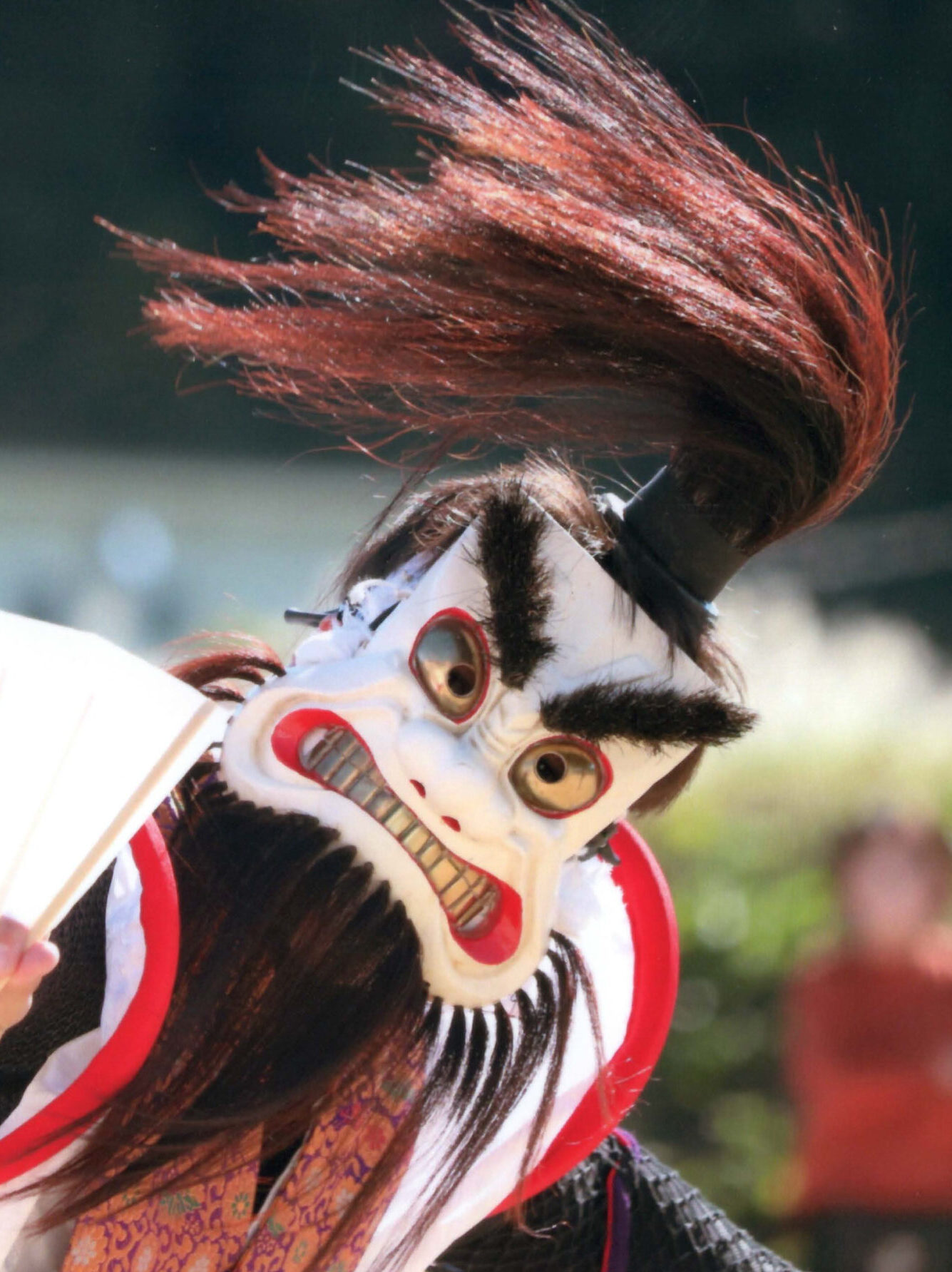ARTIST

Nogata Kenbai
It is said that this dance dates back to the feudal era, when someone from Itayo, Hikoroichi regularly visited Nogata Oya and taught it to the locals. Therefore, to understand its origin,it is appropriate to refer to the Itayo Kenbai.
During the first year of the Horeki era (1751), a Buddhist altar craftsman was invited from Kyoto to create Buddhist statues and fittings in Inagosawa, Ikawa-cho, where a vast hall was constructed. At the time, there were numerous workers in the Inagosawa family, and to promote harmony among them, the traditional Nenbutsu Kenbai dance from Esashi was introduced and taught to the locals. It was combined with customs from Kyoto festivals and elaborated as Kataikari Kenbai.
In Horeki 2 (1752), a branch was established in Itayo, and all the costumes for the Inagosawa family’s Kenbai were donated to Itayo.
It is said that this was done with the intention of being passed down for generations.
Zenzo Goto, born in 1845, led a group of more than 30 young people from the community. For over half a century, until Meiji 45 (1912), they danced in various places, including Nogata, Chorin-ji Temple, Chouan-ji Temple in Hikoroichi, and Moryo in Akasaki.
After a hiatus of 20 years, the Nogata Kyourakukai decided to inherit the tradition, and with the dedication of its members, the dance was revived. In Showa 11 (1936), it was performed throughout the entire Ryori Village, comforting the spirits of ancestors, and the tradition has continued to the present day. In 2000, it was designated as an intangible folk cultural asset by Ofunato City.